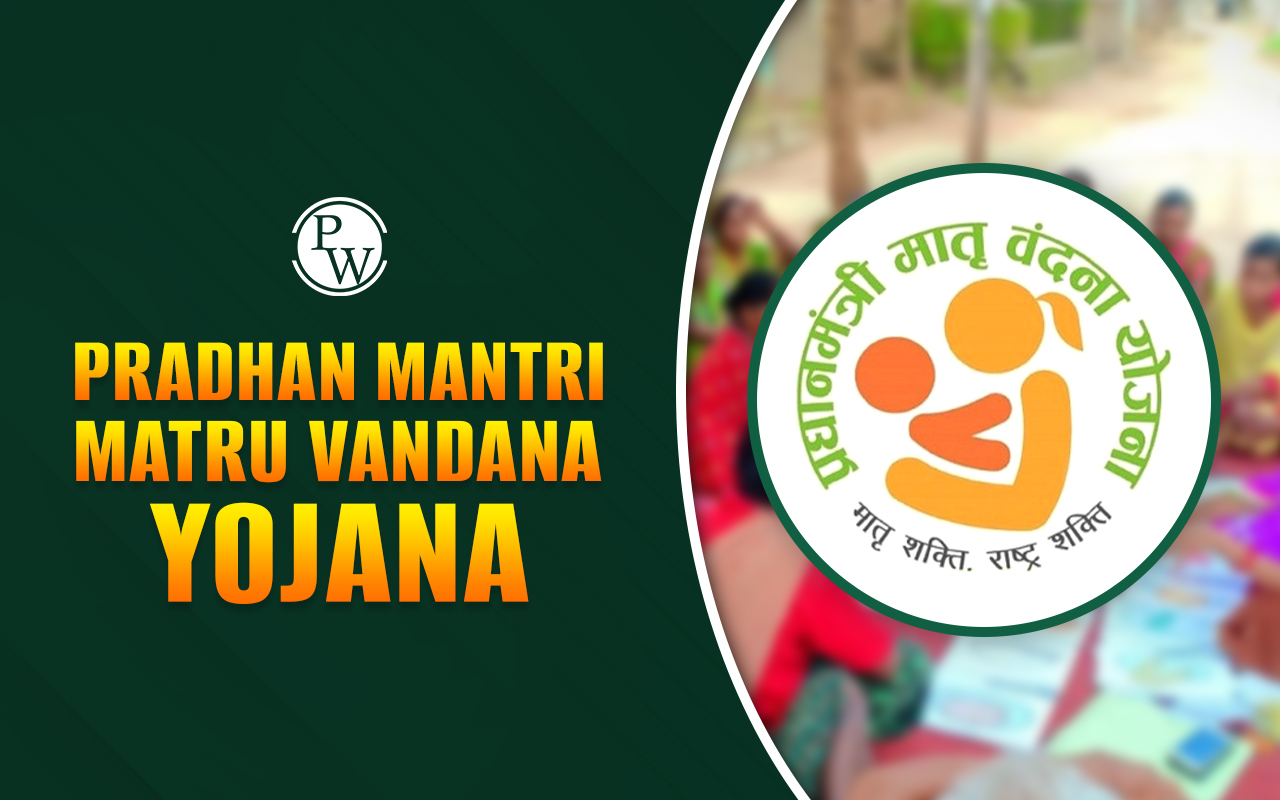
Singh Sabha Movement was a religious and social reform movement among Sikhs in British India, beginning in 1873. It played a crucial role in reviving Sikh identity, education, and values during a time when Sikhism was facing internal decline and external pressures from Christian missionaries, Hindu reform groups like the Arya Samaj, and social challenges. The Singh Sabha Movement impacted Sikh identity during the Indian freedom struggle.
Singh Sabha Movement
The Singh Sabha Movement played a crucial role in the revival of Sikh identity and religious reforms in 19th-century Punjab. During British rule, Sikh traditions were under threat due to Christian missionary activity, Arya Samaj criticism, and internal confusion about Sikh practices.
In response, Singh Sabha movement emerged to protect Sikh values and promote education, social upliftment, and clarity in religious practices. It not only defended Sikhism but also modernised it to match the changing times.
Singh Sabha Movement History
Credit: thesikhencyclopedia.com
The Singh Sabha Movement began in Amritsar in 1873 and later expanded to other parts of Punjab. This movement came at a time when Sikhism was facing multiple challenges. British missionaries tried to convert Sikhs to Christianity. Meanwhile, reformist movements like the Arya Samaj criticised Sikh beliefs. Internally, many Sikhs had forgotten the core teachings of the Gurus and were practising Hindu rituals.
The founders of the movement felt the need to bring the Sikh community back to the teachings of Guru Granth Sahib. It was then that, Singh Sabha Movement was initiated to reform society, promote education, and preserve Sikh identity. Over time, two major branches developed, the Amritsar Singh Sabha and the Lahore Singh Sabha. While the Amritsar group was more traditional, the Lahore branch focused on modern reforms and was more progressive.
Singh Sabha Movement Leaders
Several visionary leaders guided the Singh Sabha Movement. Some of the most prominent leaders include:
Baba Khem Singh Bedi
Khem Singh Bedi was a notable Sikh figure and a direct descendant of Guru Nanak. Well-versed in Persian, Urdu, and English, he played a foundational role in establishing the Singh Sabha movement and championed efforts for Sikh religious reform and cultural revival.
Professor Gurmukh Singh
An influential reformer from Lahore, he significantly contributed to the movement’s intellectual foundation. As a professor and a historian of Sikhism, Gurmukh Singh also served as the secretary of the Sri Guru Singh Sabha Lahore and became a leading voice for the Tat Khalsa faction.
Diwan Buta Singh
Originally from Mustafabad in Punjab, Buta Singh led the Sri Guru Singh Sabha Lahore as its president. He was a key in guiding the movement’s direction and emphasized the importance of restoring Sikh practices and identity.
Other Key Leaders
Several other key leaders of the Singh Sabha Movement were:
-
Mehar Singh Chawla: Hailing from Lahore, he played a key role in furthering the reformist objectives of the Singh Sabha, advocating for a renewed and unified Sikh tradition.
-
Bhagat Lakshman Singh: He actively worked to spread the teachings of Sikhism through literature and writing.
-
Sardar Giani Ditt Singh: Known for his literary contributions, Giani emerged as a key ideologue within the movement. Despite his lower-caste background, he became a respected voice in the Tat Khalsa camp, challenging conventional beliefs and promoting a clear Sikh identity.
-
Harsha Singh, Ram Singh, and Karam Singh were part of the core leadership team within the Sri Guru Singh Sabha Lahore. Their early involvement helped shape the organizational structure and mission of the movement during its formative years.
These leaders shaped the direction of the movement and made sure it reached all levels of society, from rural peasants to urban elites.
Singh Sabha Movement Objectives
The Singh Sabha Movement had both religious and social reform objectives. Its leaders wanted to restore Sikh identity and improve the condition of the community. Some key objectives were:
-
To revive the true teachings of Sikh Gurus as mentioned in the Guru Granth Sahib.
-
To remove superstitions and Hindu practices that had crept into Sikhism over time.
-
To promote modern education through the setting up of schools and colleges.
-
To defend Sikhism against Christian missionaries and the Arya Samaj.
-
To publish Sikh literature and promote the Punjabi language in Gurmukhi script.
-
To uplift the lower castes and promote equality in line with Sikh values.
By focusing on these objectives, the movement aimed to make Sikhism more organised, clear, and respected.
Singh Sabha Movement 1873 Key Events
The movement witnessed many important events between 1873 and the early 1900s:
| Year | Event | Significance |
| 1873 | The Singh Sabha of Amritsar was established after the conversion of Sikh students to Christianity | Sparked by concern over religious conversions; aimed to preserve and revive Sikh identity and practices |
| 1879 | The Lahore Singh Sabha was founded | More progressive in outlook; emphasized scientific education, social reform, and rational interpretation of Sikhism |
| 1883–1884 | The Khalsa Diwan (Amritsar) was formed to coordinate the activities of various Singh Sabhas | Helped unify the movement and streamline efforts across Punjab |
| 1892 | Khalsa College, Amritsar, was established | Provided modern education rooted in Sikh values and culture |
| Late 19th century | Publication of Sikh texts: religious scriptures, translations, and historical works were printed | Strengthened Sikh knowledge, promoted Gurmukhi literacy, and countered external religious influences |
| Early 20th century | Preaching tours by Singh Sabha members to rural areas | Spread awareness of Sikh teachings, encouraged reform, and reinforced a distinct Sikh identity |
Impact of the Singh Sabha Movement
The Singh Sabha Movement had long-lasting effects on Sikhism and Punjabi society. It not only protected the community from religious conversion but also reformed it from within. Its impacts include:
-
Religious Revival: The movement brought Sikhism back to its roots, focusing only on the teachings of the Gurus and rejecting non-Sikh practices.
-
Educational Growth: Several schools and colleges were opened, increasing literacy and awareness among Sikhs.
-
Rise of Sikh Press: Many journals and newspapers were launched, such as Khalsa Akhbar and Khalsa Samachar, which spread Sikh teachings.
-
Women Empowerment: Although limited, efforts were made to include women in education and public life.
-
Caste Reform: It attempted to remove caste-based discrimination within the community.
-
Foundation for Gurdwara Reform Movement: The Singh Sabha laid the groundwork for the later Akali Movement, which fought for the management of Gurdwaras by the Sikh community itself.
To sum up, the Singh Sabha Movement was a turning point in Sikh history. It revived a declining religious tradition and redefined Sikh identity in colonial India and taught the importance of education, unity, and social reform.
Interested in learning more about India’s reform movements and history? Explore UPSC courses by Physics Wallah and boost your preparation!
Singh Sabha Movement FAQs
What was the main aim of the Singh Sabha Movement?
Who started the Singh Sabha Movement?
What was the difference between Amritsar and Lahore Singh Sabha?
How did the Singh Sabha Movement impact education?
What was the role of Gurmukh Singh in the movement?

UPSC Coaching






